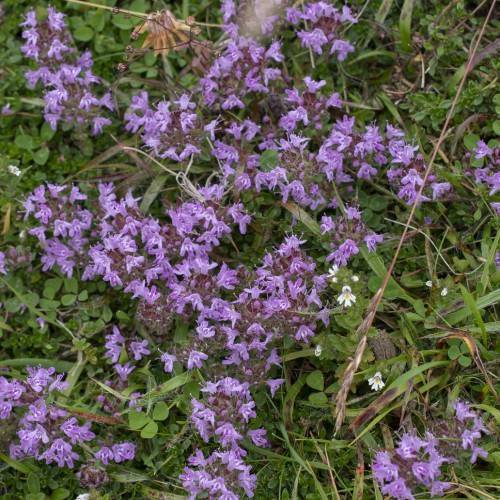
thyme
Thymus praecox
Cycle:
Herbaceous Perennial
Watering:
Minimum
Hardiness Zone:
5 - 8
Flowers:
Flowers
Sun:
Full sun
Leaf:
Yes
Growth Rate:
Low
Maintenance:
Low
Drought Tolerant:
Yes
Salt Tolerant:
Yes
Care Level:
Medium
watering
Thyme (Thymus praecox) should be watered about once a week. It is best to water it thoroughly, soaking the soil in order to make sure the roots have access to plenty of moisture. It is important to allow the top inch of soil to dry out in between watering. In especially hot and dry areas, it may be necessary to water it more often. During times of extreme heat, it may also be beneficial to give the thyme an extra drink.
sunlight
Thyme (Thymus praecox) requires 6-8 hours of direct sunlight each day, with a high-intensity sunlight being beneficial. Partial shade for part of the day is also recommended for thyme. If grown outdoors, thyme should be placed in an area which receives direct, full-sunlight for the majority of the day. When grown indoors, thyme should be placed in a spot which receives direct sunlight for 4-6 hours every day. Additionally, thyme should not be exposed to direct, midday sun as it can cause damage to its foliage.
pruning
Thyme should be pruned back once a year in late winter or early spring. When pruning, clip off the entire tips of the stems, cutting about 1 third of the length off the stem. This helps to encourage new growth in the spring from the dormant buds that are located on the healthiest branches. Remove any dead or damaged branches as you come across them. In the late summer, you can do a light trim to remove any straggly branches and to help shape the thyme bush to your desired size.
